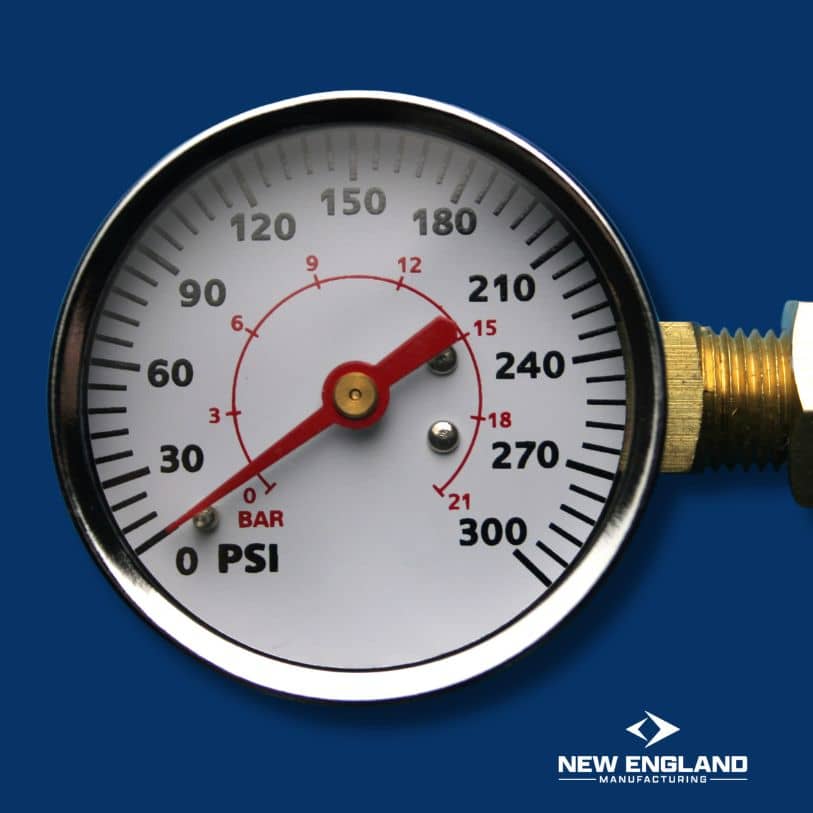Pitot Tubes: Unveiling Fluid Dynamics
In the intricate world of fluid dynamics and aerodynamics, the pitot tube emerges as a fundamental yet fascinating tool. At first glance, these devices might appear unassuming, yet they are instrumental in accurately measuring fluid flow velocity across various settings. From the cockpits of aircraft to the complex pipelines of industrial settings, pitot tubes play a crucial role. In this blog post, we delve into the nuances of pitot tubes, focusing on how they operate and their widespread applications. Specifically, we will explore the critical role of pitot tube pressure in determining flow velocity and its impact across diverse sectors. Whether you are a student, a professional, or simply curious about fluid dynamics, this exploration is designed to deepen your understanding of how pitot tubes utilize pressure and flow principles for practical and effective use.
Understanding Pitot Tubes: The Basics of Pressure and Flow
To begin with, comprehending the capabilities of pitot tubes necessitates a basic understanding of the principles they are based on. At their core, pitot tubes measure fluid flow velocity by converting kinetic energy into potential energy. This process facilitates the measurement of both static and dynamic pressures of the fluid. The disparity between these pressures, commonly referred to as pitot tube pressure, provides essential data regarding flow velocity. Grounded in Bernoulli’s theorem, this principle is pivotal to the functioning of pitot tubes. The elegance of this mechanism lies in its simplicity and precision, positioning pitot tubes as a preferred choice in myriad applications, ranging from aviation to meteorology.
Aviation and Aerospace: The Critical Role of Pitot Tube Pressure
Furthermore, in the realm of aviation, pitot tubes are indispensable for safety and operational efficiency. Affixed to aircraft, these tubes capture the dynamic pressure of air, translating it into vital airspeed measurements. The data derived from pitot tube pressure is imperative for pilots, as it informs crucial flight decisions and navigation strategies. More than just providing airspeed readings, this data is integral for other flight parameters such as altitude and climb rate. These are essential for maintaining appropriate flight paths and ensuring overall safety. The dependability of pitot tubes in these high-stakes environments underscores their significance in the aerospace industry.
Industrial Applications: Measuring Flow with Pitot Tube Pressure
Moreover, pitot tubes are not confined to the skies; they are extensively used in various industrial applications. In sectors like water management, oil and gas, and chemical processing, accurate fluid flow understanding is vital. Here, pitot tube pressure readings offer a direct and trustworthy method for determining the flow rate of liquids and gases in conduits and channels. This information is crucial for process control, ensuring that systems operate both efficiently and safely. The adaptability of pitot tubes to handle different fluids under a range of conditions highlights their versatility and importance in industrial environments.
Environmental Monitoring: Pitot Tubes in Weather Analysis and Air Quality
Additionally, pitot tubes play a significant role in environmental monitoring. In weather stations, measurements of pitot tube pressure are essential for determining wind speed and direction, key parameters for accurate weather forecasting and research. Similarly, in air quality monitoring, these devices are useful for measuring the velocity of emissions from industrial stacks, aiding in effective environmental management. The precision and dependability of pitot tubes in these applications render them invaluable tools in efforts to understand and safeguard our environment.
Education and Research: Teaching the Principles of Fluid Dynamics
Also, in educational settings, pitot tubes act as exemplary tools for illustrating fluid dynamics principles. They provide a practical approach for students to observe and comprehend concepts like pressure differential and flow velocity. By employing pitot tube pressure measurements in experiments, students can concretely visualize abstract theories. This hands-on approach not only facilitates learning but also spurs future innovations in fluid dynamics and related fields. The application of pitot tubes in research extends to developing new technologies and refining existing ones, further underscoring their significance in academia.
Challenges and Advancements: The Future of Pitot Tube Technology
Despite their widespread usage and reliability, pitot tubes encounter challenges, especially in extreme conditions such as high turbulence or icing in aircraft applications. Consequently, advancements in pitot tube technology, including the development of heated and aerodynamically optimized models, have been made. Ongoing research aims to enhance their accuracy and reliability, ensuring they continue to meet the diverse needs of various industries. The future of pitot tube technology is marked by continual improvement, driven by both necessity and a quest for more precise pressure and flow measurement.
Conclusion
Pitot tubes transcend their role as mere instruments, standing as marvels of human engineering. Their unique ability to measure fluid flow velocity through pitot tube pressure makes them indispensable in various industries, from ensuring aviation safety to monitoring environmental health. This post has highlighted their essential role in both practical applications and education, simplifying the complexities of fluid dynamics. The field of pitot tube technology is dynamic, continuously evolving to meet an ever-changing world’s demands. Understanding pitot tubes and their function in measuring pressure and flow is not a privilege reserved for experts; it provides insightful views into the fundamental principles of our natural world. As we advance in innovation, pitot tubes will undoubtedly remain crucial in our ongoing quest to understand and utilize the forces of nature.
Read More:
Pitot Tube Pressure Measurement

Mark R.
With a strong foundation in industrial safety and fire protection systems, Mark R. specializes in creating clear, technical, and compliance-driven content. Writing for SafeTech Reports, he covers topics such as fire hydrant testing, PPE protocols, emergency procedures, and smart technology integration in safety systems. His work ensures that professionals stay informed on the latest regulations, best practices, and emerging trends in safety and infrastructure maintenance.
Get in touch
We usually respond within 24 hours
Need Reliable Water Flow Test Equipment?
For over 70 years, New England Manufacturing has been the trusted source for fire hydrant and water flow testing kits. From pitot gauge kits to custom test kits, we provide precision, durability, and expert calibration to meet your needs.
- Custom-built test kits
- High-quality pressure gauges
- Reliable calibration services


